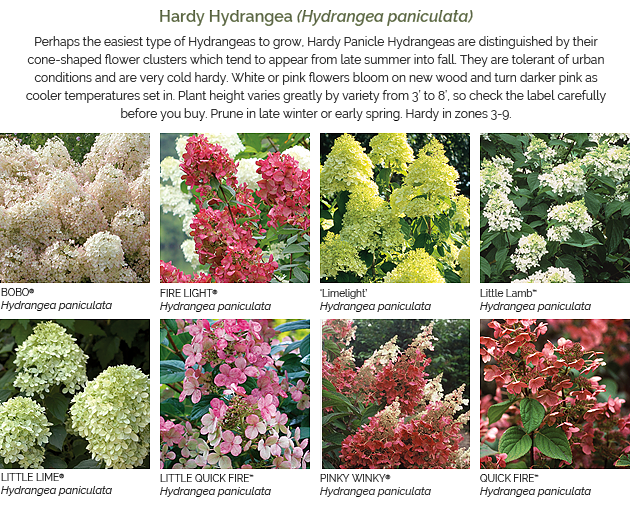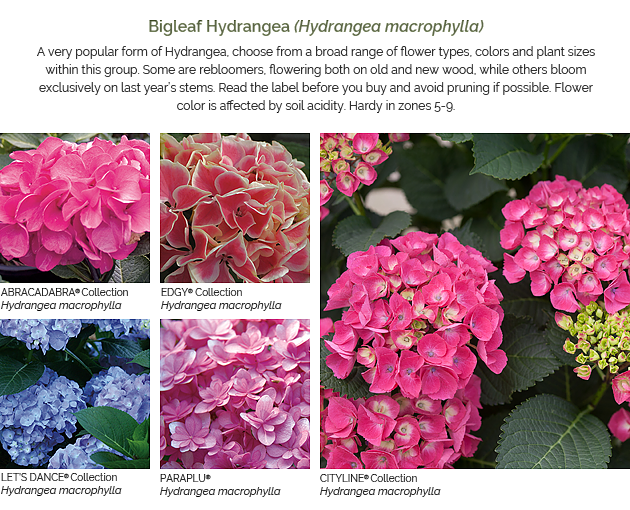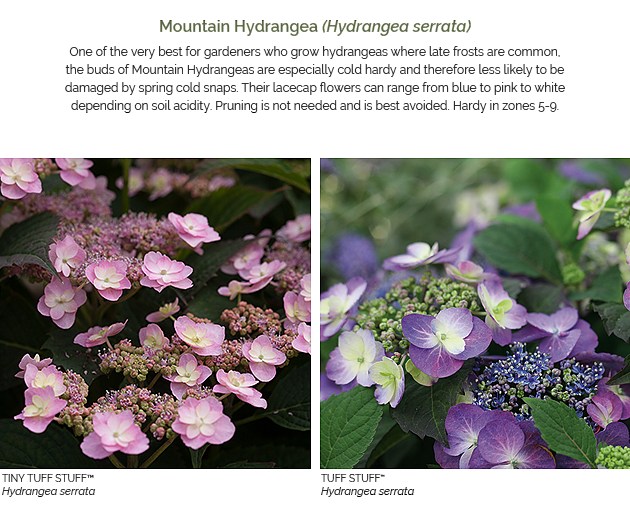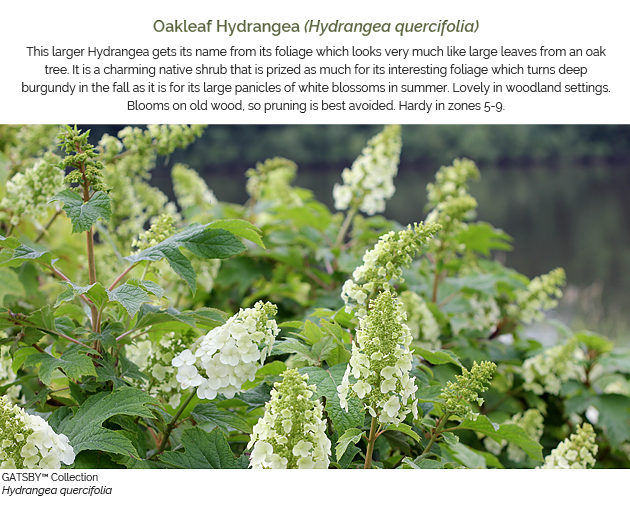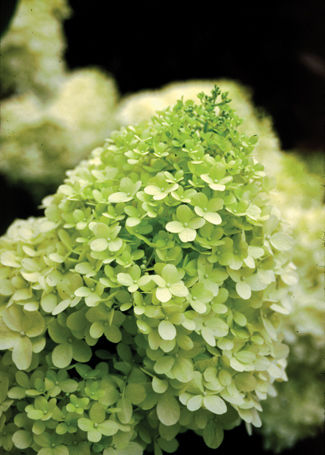Ignite Your Senses With Hydrangeas
Hydrangeas are some of the most versatile shrubs you’ll find. They thrive in sun and shade (preferring more shade in warmer climates) and provide a bounty of blooms at the height of the growing season. Hydrangeas range greatly in size from just 1′ to 8′ depending on the cultivar and have a variety of uses in the landscape.
Is It Pink Or Is It Blue? It’s Up To You
“How do I turn my hydrangeas blue?” It’s one of the most commonly asked questions gardeners have about their Hydrangeas. White flowered varieties cannot be turned a color, but pink and blue ones often can shift in color.
Though soil pH is most commonly credited with turning the flowers pink or blue, it is actually the availability of aluminum in the soil that makes the difference. In order for aluminum to be taken up by the plants’ roots, the soil pH must be low, in the range of 5.2-5.5. In acidic soil, the flowers tend to be blue. If the soil pH is more alkaline, meaning higher than 7.0, the flowers will be pink.
Use a pH meter to measure the acidity of your soil to determine if it is acidic or alkaline. The meters are commonly sold at independent garden centers for a low cost. If it is too alkaline, add aluminum sulfate to the soil to lower its pH. You may need to do this more than once per season if your soil is naturally alkaline. Hydrangeas thrive in soils that are naturally acidic where no supplemental aluminum is needed.
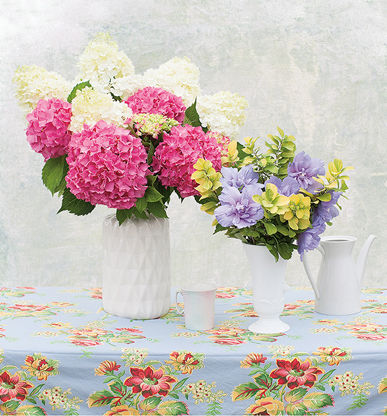
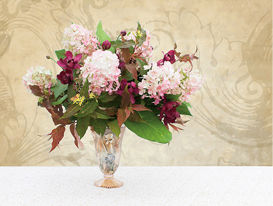
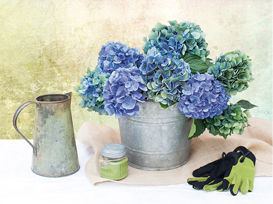
It only takes a few Hydrangea blooms to make a gorgeous bouquet, but you’ll want to follow these tips to make them last longer.
- Mature blossoms last longer than those that are just emerging. This is the opposite of many flowers which are usually cut when in bud.
- Cut them in the morning before the heat of the day arrives. Bring a bucket or vase filled with water with you and put the cut stems in it immediately.
- The shorter the stem, the longer the flower will last. Also, it is best to strip all of the leaves off the stems.
- When you’re ready to make your arrangement, plunge the angled stems into very warm water for about 30 seconds. Then put them in a vase filled with lukewarm water and a little floral preservative.
- Change the water and re-cut the stems every few days to prolong their vase life.






